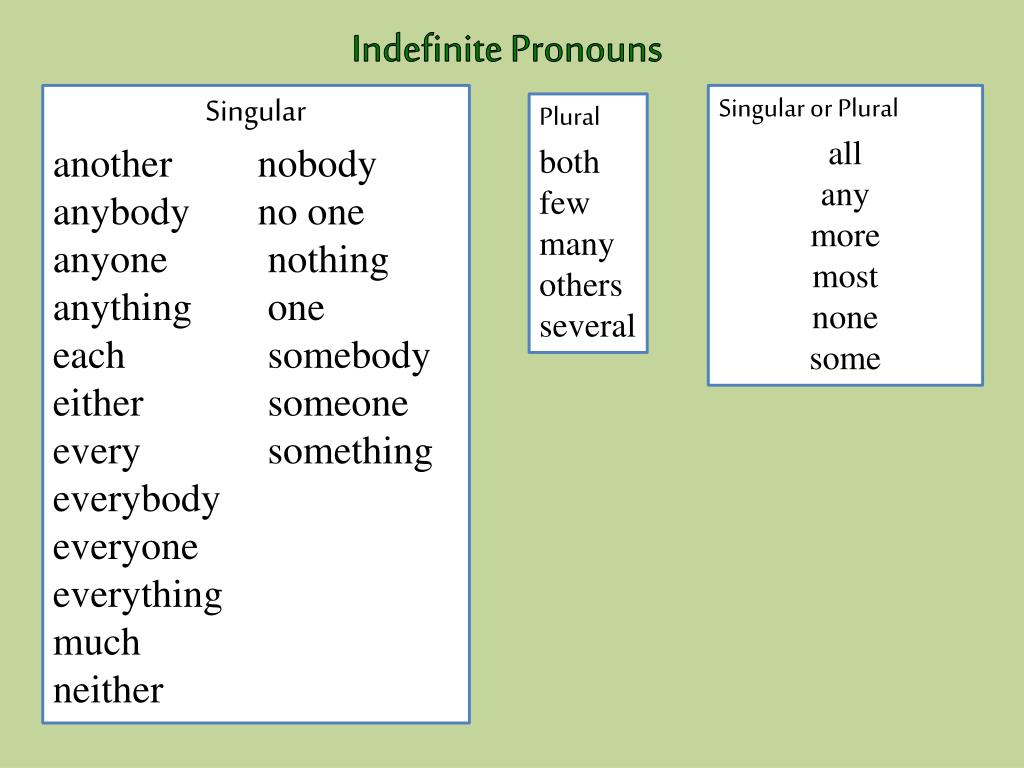

How can we understand this change? The facts are as follows (see the summary in Posner 1984). Such a reverse development would contradict my thesis that the NV-NI pattern is universally preferred. Since indefinite pronouns are interpreted within clauses, and at the clause level inor and nikt have the same meaning, the semantics does not seem to help.īut when we get to Romance, we seem to be faced with a puzzle: it appears that the reverse development can be observed, from a uniform NV-NI pattern to variation along the lines of ( 459). Thus, despite the widespread intuition that there is something ‘inherently negative’ about (e.g.) Polish nikt ‘nobody’ as opposed to Basque inor ‘anybody’, it seems difficult to make it explicit in semantic terms. In natural languages, the use of negated indefinite pronouns invariably leads to the first sense, whether the indefinite is inherently negative or not. In the first sentence it is conveyed that no hearing event took place, whereas in the second sentence it is implied that such an event took place. It is not the same to say I heard nothing and I heard an empty set (of sounds).


However, this semantic description does not seem to conform to our intuitions. Brown ( 1985) tries to make this intuition explicit by proposing that negative indefinites like nobody and nothing refer to an empty set. How should we define ‘negative indefinite pronouns’? Intuitively, what is meant by saying that an indefinite pronoun is negative is that it somehow expresses the negative sense by itself, inherently, without needing an additional verbal negation. It also formulates a number of cross-linguistic generalizations and proposes functional explanations for them before concluding with an assessment of various diachronic sources of negative indefinites, including negative scalar focus particles and minimal-unit expressions. The chapter proceeds by analysing one important aspect of the syntax of negative indefinites: the co-occurrence with a negative element associated with the verb. Four main syntactic ways of expressing negative indefinites, or the direct-negation function of indefinite pronouns, are described: verbal negation plus (ordinary) indefinite, verbal negation plus ‘special indefinite’, verbal negation plus ‘negative indefinite’, and ‘negative indefinite’ without verbal negation. It first considers the received taxonomy of negated indefinites, showing that it is inadequate and that the implicational map for representing the functions of indefinite pronouns offers a better classification. This chapter examines the typology of negative indefinite pronouns, with particular emphasis on their relation with other indefinites.


 0 kommentar(er)
0 kommentar(er)
